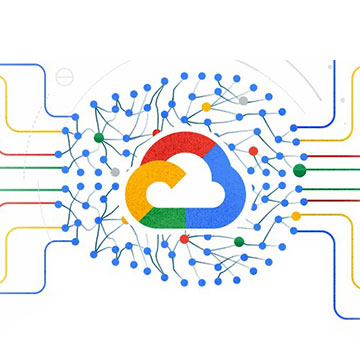
About Cloud Computing
Definition
Cloud computing is the use of resources that are located and managed remotely offering computing and storage to users on demand.
Benefits
Cloud enables business intelligence tools to be delivered at a low cost without additional infrastructure or maintenance since they’re hosted on external shared servers that are accessed via the internet.
There is a long list of benefits for adopting the cloud within your business, which include.
Version Control
Security
Resiliency
Speed
Collaboration
Keep pace with Innovation
Agility
Accessibility
Focus on value-add
Why Businesses Needs to Adopt Cloud Computing Today
Adopting Cloud Computing is no longer solely about economics and agility though it does provide both. It has become enterprises most critical and dependable source of sustained technology innovations as innovative technologies like Machine Learning (ML), Artificial Intelligence (AI), Blockchain and internet of things are available for everyone through the cloud. Digital transformation drives organizations need to develop new cloud-native applications to create immersive experiences for their customers.
Cloud Tool Types
Infrastructure as a Service
Infrastructure as a service allows the most control. Essentially all you’re asking a cloud provider for is a server to host the machine.
Examples are virtual machines or storage accounts.
Platform as a Service
Platform as a service allows users to manage the applications data and the access, while the cloud provider does the rest.
Examples are a cloud hosted database.
Software as a service
Software as a service allows user to manage the data and access, while the cloud provider does the rest.
Examples include Salesforce or even Gmail accounts.
Cloud Providers
Summary
Upload data services can be used singularly or together in any combination of data storage, data analytics, reporting tools and different applications across different vendors. Currently the 3 taking up the largest market share are.
Cloud Key Strategies
Utilization and Determination of Top-Line Metrics Reporting
Top-Line Metrics Reports: Designed for tracking key performance indications on a recurring basis.
Key performance indications: High-level metrics capable of tracking and/or predicting financial figures reported by the company. For example, website visitors and daily sales.
Top Line: Refers to gross financial figures reported by the company, which is primarily revenue and sales. The Top Line indicates a company’s ability to sell its goods or services as well as indicating growth.
Employ DevOps
DevOps: practices that combine software development (Dev) and IT operations (Ops). It is a combination of culture, processes, and tools that increases an organization’s ability to deliver improvements to applications and services at a faster pace than organizations using traditional management processes.
Business Upskilling and Education
Invest in upskilling and education for IT and the business
Migrate Processes to Applications on the Cloud
Identify key applications for migration or processes being done on the cloud via laptop
Champion Modern Data Platform
A modern data platform is a set of best practices that allow you to get the most out of your data with the least amount of platform management.
Get in touch
If you’d like to learn more about how we can help you leverage the latest technologies to make timely, data-driven business decisions, we’d love to hear from you.



